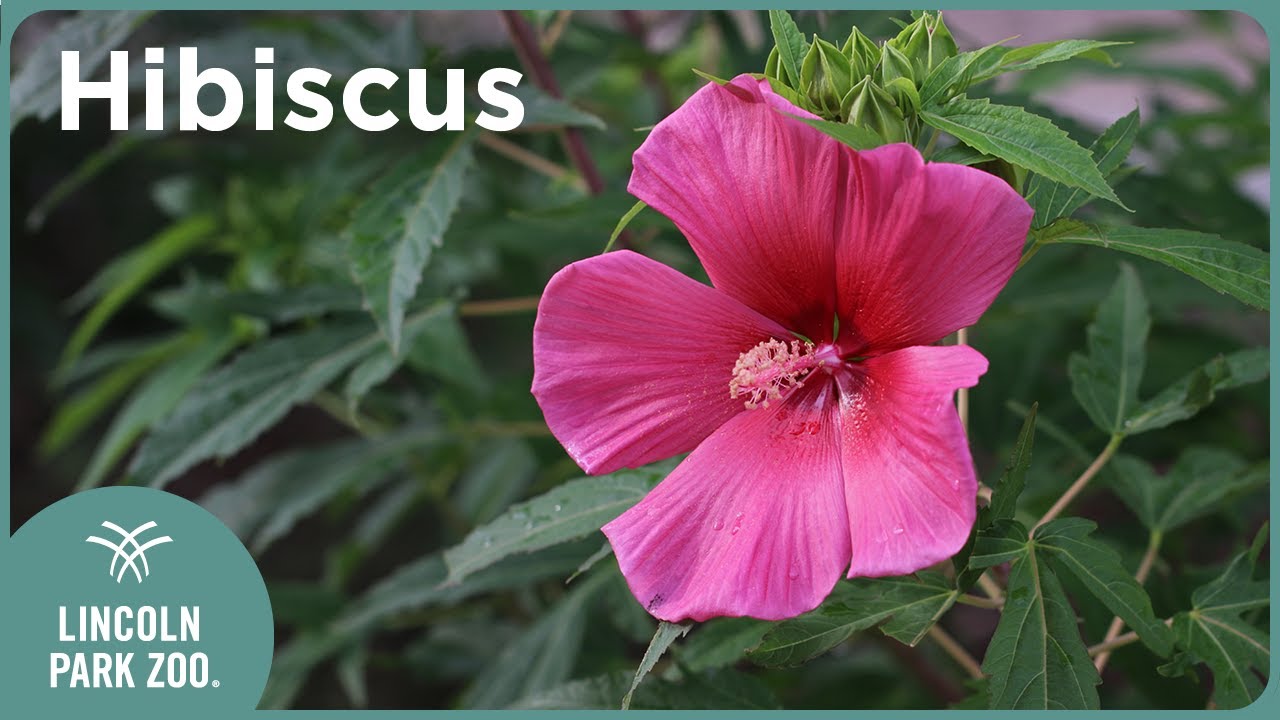– The botanical and ecological significance of hibiscus plants
– Hibiscus and its contributions to human culture and medicine
– Conservation efforts and the sustainability of hibiscus species
– How hibiscus impacts zoo management and wildlife conservation
Hibiscus plants, known scientifically as a genus within the family Malvaceae, encompass a wide range of species, including both annual and perennial flowering plants. These plants display vibrant flowers, making them highly attractive for ornamental purposes and their ecological roles in supporting biodiversity. Hibiscus species such as bees, hummingbirds, and butterflies serve as vital nectar sources for pollinators, essential in pollination networks within their respective ecosystems.
Beyond their ecological value, hibiscus plants hold significant cultural and medicinal roles across various societies globally. In regions such as North Africa, Southeast Asia, and the Caribbean, parts of certain hibiscus species are harvested for traditional medicines, believed to offer health benefits ranging from lowering blood pressure to acting as a mild laxative. Moreover, the flowers and leaves of some species are used in cuisines around the world, illustrating the versatility of hibiscus beyond its ornamental appeal.
Due to threats from habitat destruction, invasive species, and climate change, the conservation of hibiscus species has become a focal point for botanists and environmental stewards. Conservationists emphasize the importance of preserving these plants not only for their biodiversity value but also for their cultural and medicinal uses. Efforts to conserve hibiscus include seed banking, habitat restoration, and implementing sustainable farming practices that reduce the impact on hibiscus habitats.
In the context of zoo management and wildlife conservation, hibiscus plants are integral to creating habitats that mimic the natural environments of various animal species, especially those originating from tropical and subtropical regions. These plants contribute to the diet of some herbivorous animals in captivity and are used in enriching enclosures, providing both dietary benefits and mental stimulation for the animals. Moreover, by including hibiscus and other native plants in zoo landscapes, conservationists can educate the public about the importance of plant biodiversity and its role in supporting healthy ecosystems.
Understanding the significance of hibiscus extends beyond appreciating its beauty. It requires recognizing its role in ecosystems, its contributions to human culture and well-being, and the need for its conservation. Effective hibiscus conservation strategies can ensure these plants continue to thrive, supporting biodiversity and enriching human life. Educating the public about hibiscus and its benefits, implementing sustainable agriculture practices, and supporting conservation efforts are vital to preserving these valuable plants for future generations. We can protect hibiscus species and their habitats through concerted efforts, ensuring they remain a vibrant part of our natural world and heritage.
*****
Source Description
Hibiscus is a beautiful flower that typically blooms from mid to late summer. Do you grow hibiscus? Check out what you need to know about this bloom:
0:02 What do hibiscus look like?
0:22 When do hibiscus bloom?
0:35 What temperatures can hibiscus tolerate?


